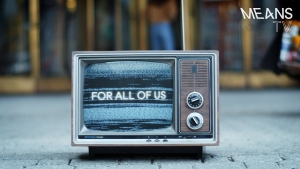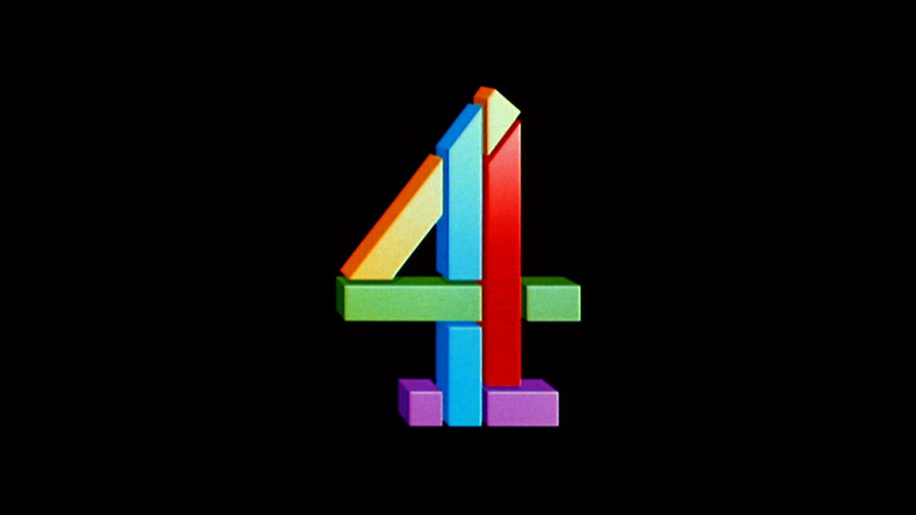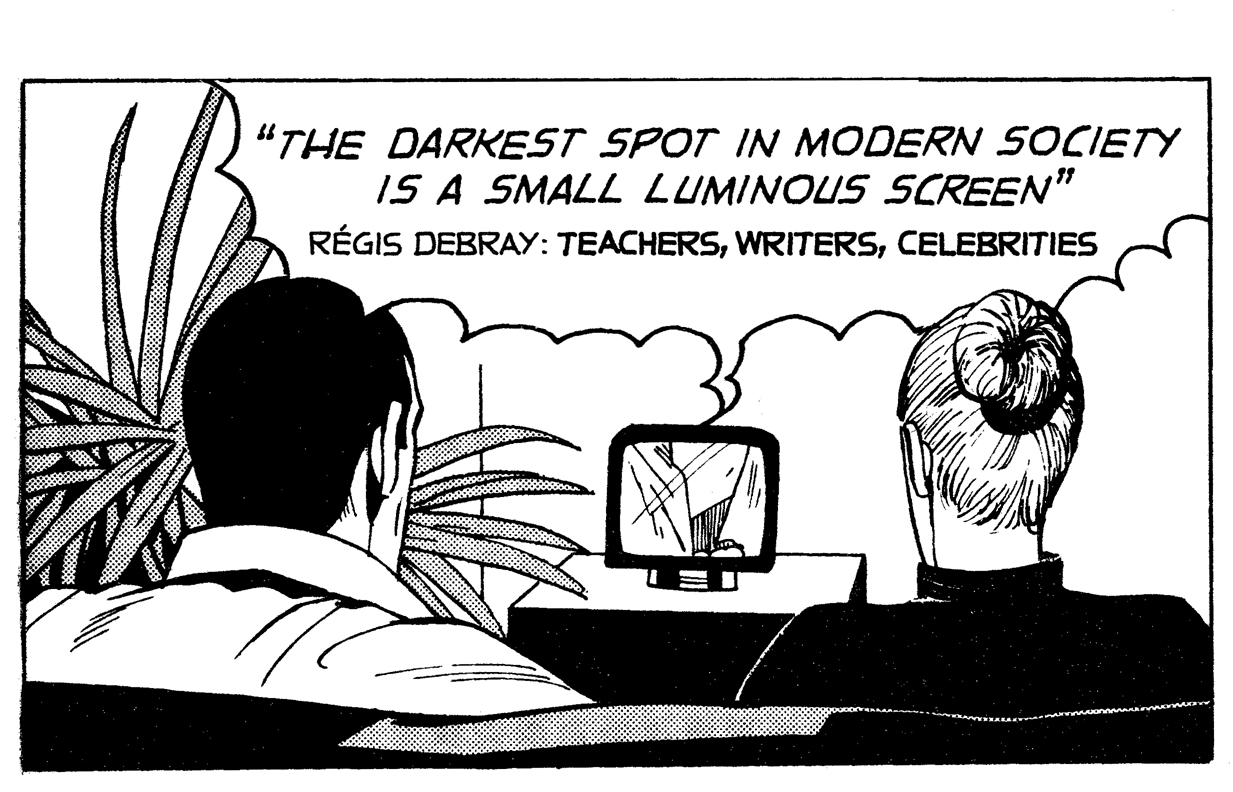Same old same old: Downton Abbey and the reactionary construction of exclusive Englishness
Stuart Cartland argues that Downton Abbey is a conservative ideological vehicle that is far more than just a harmless, jolly romp
With the upcoming release of the new Downton Abbey movie in cinemas it’s time to look a little more closely at what this movie might actually represent – a very thinly veiled ideological construction of a conservative English utopia. Moreover, it is an overt representation of a very conservative and traditionalist national identity, operating through the guise of escapism and through the prism of a very particular socio-political construction of nostalgia.
Obsession with nostalgia is nothing new in the UK. However, what I am highlighting here is that big screen (or small screen) spectacles like the new Downton Abbey movie represent the construction of a mythical golden era to which only the very privileged few are granted access. It is a construction that operates as a conservative antidote to the realities of modern society where the working class can vote, women have a voice and people of colour are more than just tokenistic entertainers pandering to the whims of high society.
The movie resonates with conservative and traditionalist identity politics, which are informed and shaped by appeals to a particular type of nostalgia. Thus in September 2021 John Whittingdale (Minister of State for Media and Data) delivered a speech laying out the government’s reasons for privatising Channel 4, and said that the Conservatives will look to introduce requirements for public service broadcasters to introduce “distinctively British” content. Whittingdale, a strong supporter of Brexit and the privatisation of Channel 4, noted that shows such as Downton Abbey reflect “Britain and British values”.
The cosy familiarity of Englishness
At the heart of this conservative form of British values or Englishness is a vague sense of familiarity, or as Charlie Brooker sarcastically remarked, “the cosy familiarity of a world in which you could walk down an English high street without your ears getting bunged up with foreign accents, unless someone was doing a hilarious Gunga Din voice in order to mock the waiter in a curry house”.
Within this context, unsayable political and social commentary from the right becomes the sayable. It is repeated across the media, becoming part of an established wider discourse. A cosy world of scrapbook images of pre-woke, pre-political correctness, traditional values and authority, social hierarchies and ‘common sense’, is a world many may want to return to.
Althusser, Marx and Gramsci defined ideology as a body of norms and ideas that appear natural as a result of their continuous and mostly tacit promotion by the dominant forces in society. Conservative and traditionalist concepts of English national identity operate like this: ideological concepts of social hierarchies are linked to a narrative of tradition and a specific historicisation and subjective interpretation, and national identity is constructed by moving from the present into the past and locating the past in the present. England is thus nostalgically represented as the country of class privilege, social inequality, and a whitewashed selective and an ethno-nationalist sense of nation and citizenship, an illusion which is far removed from the realities of multiculturalism, sexual and racial equality in law, cosmopolitanism, urbanisation, urban decay, post-imperialism and a process of accelerated globalization.
This is how things are
Conservative accounts thus become normalized and dominant.. Narrative becomes the main form of what Gramsci referred to as cultural production, which comes to embody values and norms and establishes a hegemony or monopolisation of a conceptual field within a wider consciousness. An established social order is historically presented as a ‘way of doing things’, and becomes naturalised and made into the way ‘things really are’.
‘Common sense’, and ‘rational’ become synonymous with the conservative and traditionalist approach. Any deviation is presented as ‘radical’ or ‘illegitimate’ and the dominant narrative is disseminated through ideologically compatible media, social and cultural outlets. A liberal democratic understanding is brushed aside in favour of a conservative and traditionalist social and political approach.
The success of Downton Abbey is just one example of this. It operates as an ideological and socio-political conduit and conveyer in plain sight. Easily batted away as just good fun or good escapist entertainment, it actually normalizes a social and political history that is about Empire, aristocracy, the monarchy, the established church and deference to a very rigid and exclusive class hierarchy. This clearly chimes with a Tory view of history, culture and society, and on the myth of a benevolent elite granting carefully managed change.
A highly managed sense of cultural and historical continuity is essential when fostering a dominant account of English national identity. Indeed, national identity is not some essentialised badge which people carry around with them. It is the result of a complex interaction between historical memories, current social, political and cultural processes, and people’s own predilection for self-identification. It is also part of what can be called ‘mythscape’: the temporarily and spatially extended realm wherein the struggle for control of people’s memories and the formation of nationalist myths is debated, contested and subverted incessantly.
We English are great and you don’t belong here
The conservative and traditionalist narrative of Englishness is a romantic dream, based upon a fantasy of greatness. A romantic sense of greatness is also associated with a sense of uniqueness, purpose, entitlement and leadership.
Through symbolic representations of culture, tradition and class like Downton Abbey, a conservative perspective and ideological narrative seeks to explain the meaning of Englishness at a time of rapid historical, social and cultural change, one which has undermined the authority of tradition, place, and so-called ‘past glories’. As Stuart Hall stated:
“a shared national identity depends on cultural meanings which bind each member individually into the large national story…The national heritage is a powerful source of such meanings. It follows that those who cannot see themselves reflected in the mirror cannot properly belong”.
Indeed, those who cannot see themselves reflected in the screen cannot properly belong and therefore those politically and culturally specific constructions of national heritage, cultural meaning, relevance and identity purposely exclude those who do not fit in with traditionalist images of the nation.
In an age of ‘being competitive in a global market place’ and ‘brand image’, politicians, mainly but not only Conservatives, try to manipulate the past to sell a wholesome picture of England domestically and internationally, one that is detached from a reality that most of us can relate to. The contested meaning of national identity in an increasingly globalized world, with a nation trying to come to terms with devolution, Brexit and large-scale immigration has required a feverish construction of image built upon an ideological myth.
The England sold to the world – and more importantly to the English –is reinforced through nostalgic paraphernalia such as calendars and tea towels – the cosy, comforting cultural security of the National Trust’s stately homes, Waitrose and farmers’ markets. TV programmes which help build this cultural narrative as well as Downton Abbey include Victoria, Midsomer Murders, Heartbeat, the Great British Bake-off, Location, Location, Location, and Poldark. In the cinema, films such as Four Weddings and a Funeral, Gosford Park, the Young Victoria, the Iron Lady, Atonement, the King’s Speech, The Queen et al also seek to represent an aesthetically pleasing England, one viewed through the gaze of the middle or upper classes, set in rural idyllic English locations and often located within historical ‘golden eras’.
This sort of cultural nostalgia and fantasising operates as a counter narrative and conservative antidote to contemporary cultural reflections such as the BLM and the challenge to public monuments that celebrate slave traders, not to mention wider concerns around gender based violence and institutionalised racism. It also plays upon a nostalgic sense of loss, a loss felt not only in terms of identity but also in terms of a particular mode of living, associated with place, class, lifestyle and values.
A world where people knew their place
Despite the conservative and rightwing claims that the media has a leftwing bias, Downton Abbey is a long running television show and movie franchise that is directed by Julian Alexander Kitchener-Fellowes, Baron Fellowes, a Conservative peer of the House of Lords and a firmly established member of the aristocracy. Simon Schama has described Downton Abbey as a “silvered tureen of snobbery” based on an overtly right wing novel by Evelyn Waugh that celebrates country houses, the upper class and a nostalgia for a world where “people knew their bloody place”. He also commented that, “nothing beats British television drama for servicing the instincts of cultural necrophilia”. Critical comments like that are a reaction to the overwhelming amount of television based upon a cultural dash to an imaginary sanctum of certainties, of a social and cultural world built upon rigid inequalities.
Downton Abbey and other TV programmes and films are culturally exclusive: they deliberately exclude those who do not fit the constructed, traditionalist images or values of the nation. Such mythical cultural representations have no relevance to the experience of the majority of the population – but the danger lies not only in the fact that politicians and public figures sell this image but that the electorate or the viewer might actually buy into it.



